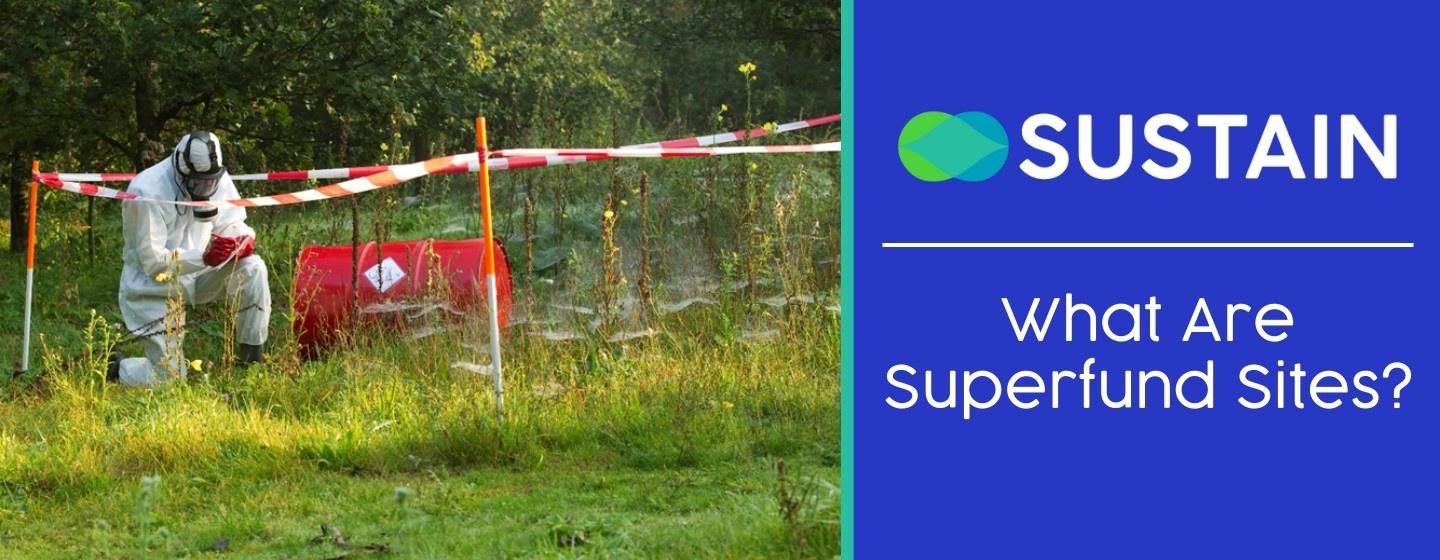Superfund Sites



We’ve learned about the importance of disposing of everyday waste in the most planet-friendly ways, but have you ever wondered what happens to hazardous materials and chemicals that can’t simply be tossed in a garbage can? Until the 1980s, companies across the United States disposed of long-lasting, toxic substances in thousands of natural environments with little government regulation. Addressing Superfund sites became the first congressional act to provide oversight and enforced clean-ups for contaminated zones.
In 1977, a large chemical waste treatment facility in New Jersey experienced a series of reactions and fires, hurting many workers and wildlife in the area. Then, in 1978, President Carter declared a State of Emergency at Niagara Falls, New York, following increased rashes and frightening health effects from a chemical company’s industrial dumping of 21,000 tons of chemicals in Love Canal. The public began to understand how harmful improperly-disposed chemicals are to our bodies and the land. After another toxic waste fire in 1980 in Elizabeth, New Jersey which burned for 10 hours and left a 15-mile-wide plume of smoke, government officials realized more needed to be done.
Congress quickly passed the Comprehensive Environmental Response, Compensation, and Liability Act in 1980, also known as the Superfund Act. The act aimed to hold companies responsible for improper waste disposal accountable. By designating certain zones as Superfund sites, those responsible must choose to clean up the waste or provide reimbursement so that the Environmental Protection Agency (EPA) may step in.
In just one year, signs began to show that the Act made an impact! A 23-acre site in rural Kentucky, Valley of the Drums, contained more than 100,000 drums of toxic waste and was one of the first target areas for cleanup. Kentucky’s environmental agency and the EPA worked together for seven years to clear the site, and it began a chain of much-needed cleanups.
Today, there are still more than 1,300 Superfund sites across the United States. More work needs to be done. Superfund sites disproportionately affect minorities and low-income communities. With increased awareness about the problem, including knowing about the sites in your area, we can continue to hold accountable those who harm our planet with toxic waste.
Did you learn something new? Please take a moment to answer this short survey.